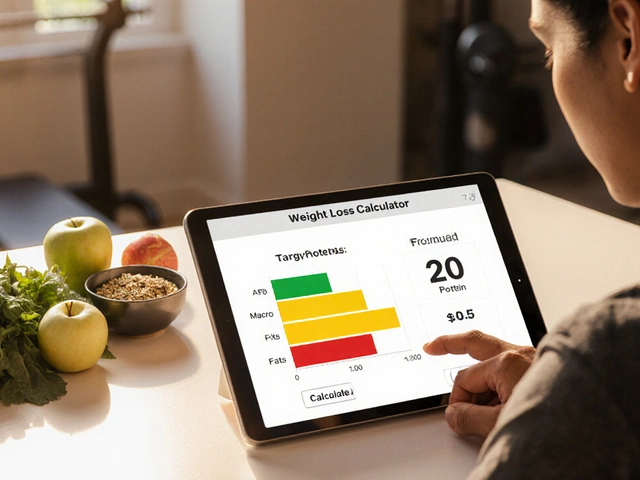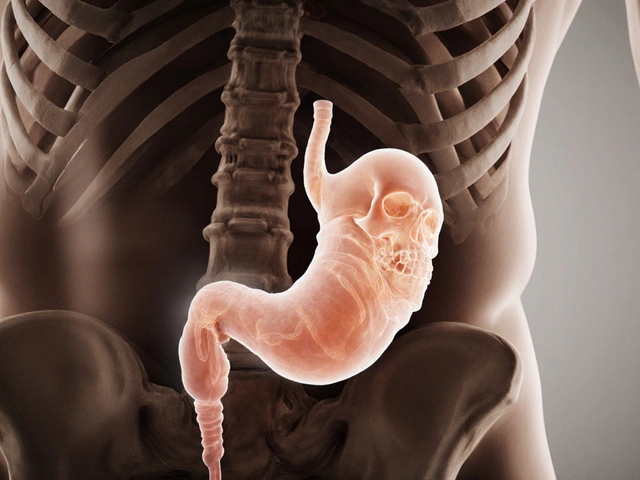Pregnancy Timeline: Your Month‑by‑Month Guide
Pregnancy feels like a roller‑coaster, but knowing what’s coming helps you stay calm and prepared. Below is a simple breakdown of each month, the biggest changes in your body, and the doctor visits you shouldn’t miss.
First Trimester (Months 1‑3)
Month 1 starts right after conception. Hormones surge, which can cause tiredness, tender breasts, and mild nausea. Many women don’t even realize they’re pregnant yet, but a home test will confirm it.
Month 2 brings the first real signs – more nausea, frequent bathroom trips, and a slight weight gain. Your doctor will schedule the first prenatal appointment, usually around week 8, to check your heartbeat and estimate the due date.
In month 3, you might notice a small belly and a boost in appetite. The doctor may order a blood test to screen for anemia and infections. This is also the time to start prenatal vitamins if you haven’t already.
Second Trimester (Months 4‑6)
Month 4 is often called the “golden period.” Morning sickness eases for many, energy returns, and you’ll feel your baby’s first movements – often described as flutters.By month 5, the belly becomes more noticeable. You’ll have a routine check‑up that includes measuring your fundal height and possibly an anatomy ultrasound to see the baby’s organs.
Month 6 brings a bigger bump and more pronounced kicks. Your doctor will test for gestational diabetes between weeks 24‑28. Staying active with light walks can help with back pain that may start now.
Third Trimester (Months 7‑9)
Month 7 often feels uncomfortable. Your belly is heavy, and you may have shortness of breath as the uterus presses on the diaphragm. Frequent prenatal visits (every two weeks) monitor blood pressure and baby’s growth.
In month 8, the baby drops lower into the pelvis – a sign labor is approaching. You’ll get a final anatomy scan if needed, and your doctor will discuss birth plans and pain‑relief options.
Month 9 is the final stretch. Keep a packed hospital bag ready, stay hydrated, and watch for signs of labor like regular contractions, water breaking, or a sudden increase in pressure. Most doctors schedule a visit every week in the last month to keep a close eye on both you and the baby.
Having a clear pregnancy timeline lets you anticipate changes, ask the right questions at each visit, and stay confident that you and your baby are on track. Remember, every pregnancy is unique, so use this guide as a roadmap, not a rulebook, and always follow your doctor’s advice.

Understanding the IVF Timeline: Key Steps to Expect in Your Journey to Pregnancy
In vitro fertilization (IVF) is a complex and personalized process that can vary in duration depending on multiple factors. This guide explores the typical stages of IVF treatment, from initial consultations to the embryo transfer and beyond. Understanding how each phase works can help individuals and couples better prepare emotionally and physically for what lies ahead. With insights into factors affecting timing and outcomes, readers can gain clarity on their path to parenthood.




